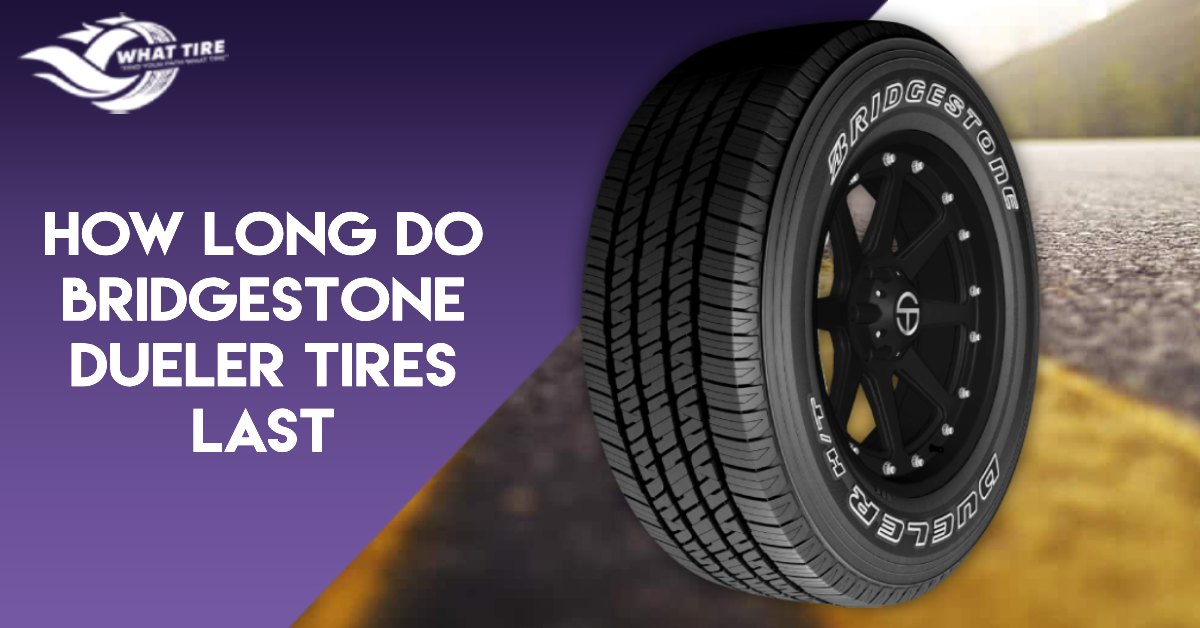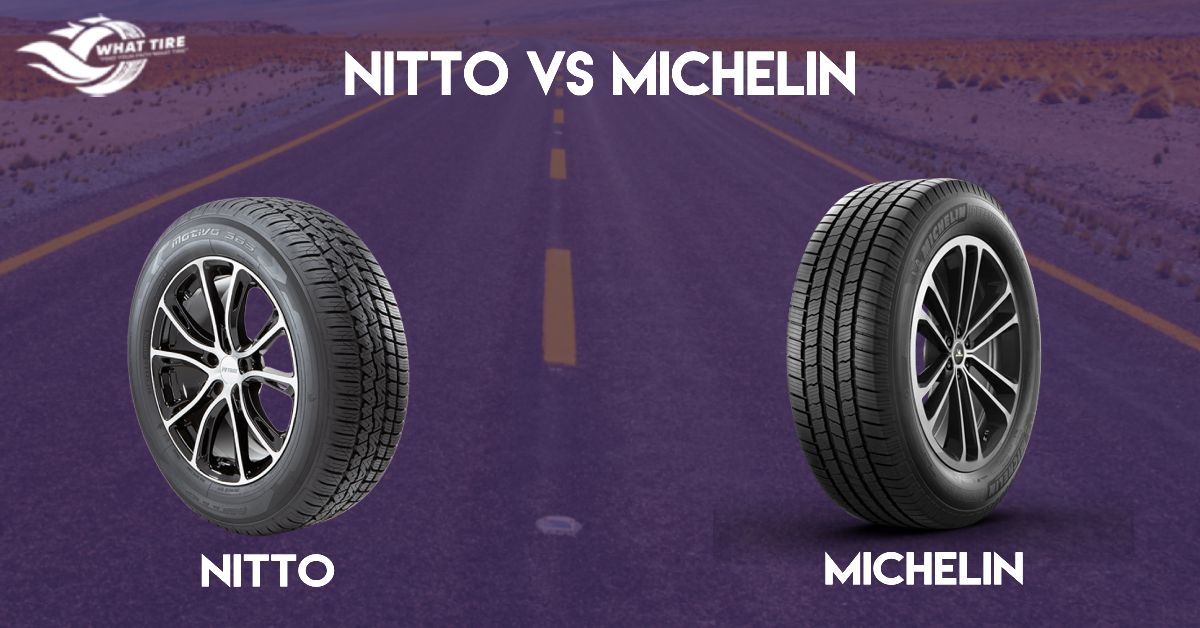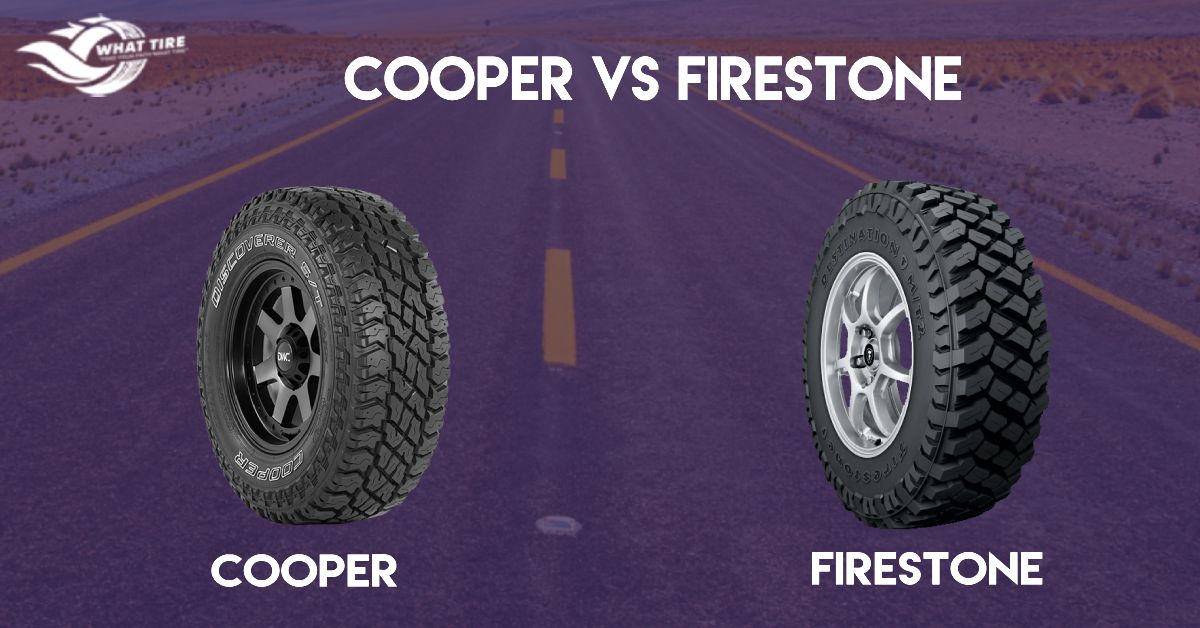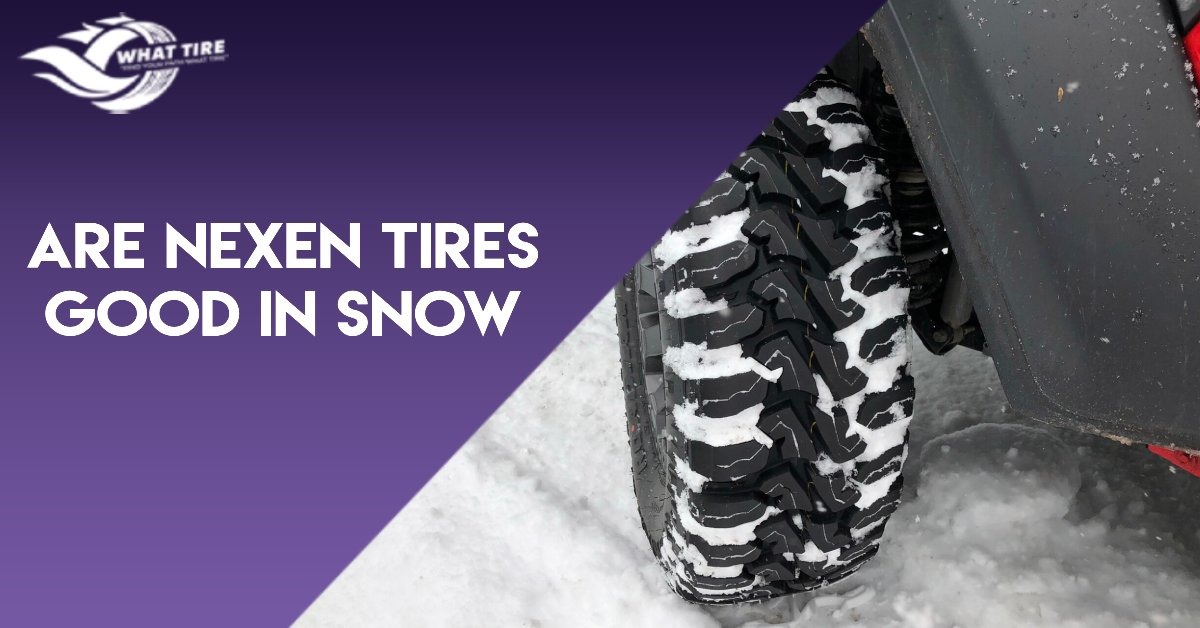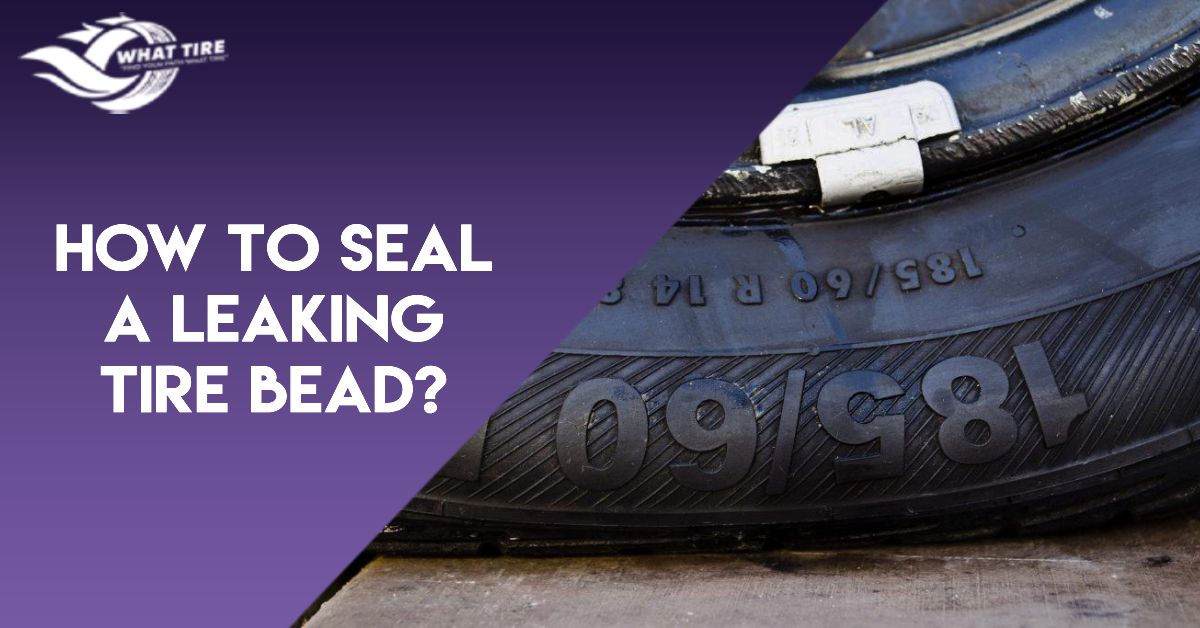Dealing with a leaking tire bead can be frustrating and potentially dangerous. In this comprehensive guide, we will explore effective methods on how to seal a leaking tire bead and prevent future leaks. Additionally, we’ll cover some common causes of bead leaks and the effectiveness of tire sealants on rim leaks.
Table of Contents
ToggleUnderstanding Tire Bead Leaks
A tire bead leak refers to the escape of air from the area where the tire bead meets the wheel rim. The tire bead is the inner edge of the tire, made of steel wires wrapped with rubber, responsible for creating an airtight seal between the tire and the rim.
How Does a Tire Bead Seal Work?
When a tire is mounted onto a wheel rim, the tire bead is pressed against the rim’s bead seat area. The air pressure inside the tire forces the tire bead to create a secure seal against the rim, preventing air leakage.
Signs of a Leaking Tire Bead
Here are the signs to know whether your tire bead is leaking or not.
- Gradual loss of tire pressure despite regular inflation.
- Audible hissing or air leakage near the tire bead area.
- Visible damage or corrosion on the rim or tire bead.
- Tire becomes flat soon after inflation.
- Difficulty in maintaining recommended tire pressure.
- Tire bead area feels wet or soapy when applying a mixture of soap and water.
- Increased fuel consumption due to improper tire pressure.
- Uneven or unusual tire wear patterns.
How To Seal a Leaking Tire Bead?
Here’s a complete step-by-step process on how to fix a leaking tire bead.
Step 1: Identify the Leaking Tire Bead
Inspect the tire for signs of leakage, such as hissing sounds or visible damage around the bead area. Spray a soapy water solution on the tire bead and look for bubbles, indicating air leakage.
Step 2: Deflate the Tire
Completely deflate the tire to create a clean working surface for the repair.
Step 3: Remove the Tire from the Wheel
Remove the tire from the wheel to access the bead area. Use tire irons or a suitable tire-changing machine for this process.
Step 4: Clean the Bead Area
Thoroughly clean the bead area on both the tire and wheel. Remove any dirt, debris, or old sealant that might interfere with the new seal.
Ensuring proper lubrication during tire mounting is essential to avoid bead leaks. Learn more about what lubricant should be used when mounting a tire to ensure optimal tire bead performance.
Step 5: Apply Bead Sealant
Apply a high-quality tire bead sealant to the cleaned bead area on the tire and the wheel. Use a brush or applicator to evenly coat the bead surfaces.
Step 6: Reinstall the Tire
Carefully place the tire back onto the wheel, ensuring proper alignment of the tire bead with the wheel’s rim.
Step 7: Inflate the Tire
Inflate the tire to the manufacturer’s recommended tire pressure using an accurate tire pressure gauge.
Step 8: Inspect for Leaks
Spray the soapy water solution on the bead area again and check for any bubble formation. If bubbles are present, there may still be a leak that needs further attention.
Step 9: Recheck Tire Pressure
Double-check the tire pressure to ensure it matches the manufacturer’s recommended specifications.
Maintaining proper tire pressure is crucial for avoiding bead leaks and ensuring safe driving. Understanding what is optimal tire pressure for different psi max levels can help you avoid potential issues.
Step 10: Perform a Test Drive
Take the vehicle for a short test drive to verify that the tire bead leak has been successfully sealed.
Note: If the tire bead leak persists or appears to be a result of severe damage, it is advisable to seek professional assistance from a qualified tire technician or repair shop.
Did you find these steps helpful? Or do you have your own tips for fixing a leaking tire bead? We’d love to hear your thoughts in the comments!
Causes of Tire Bead Leaks
Following are some of the most common reasons why you may be experiencing tire bead leaks.
- Corroded or Damaged Bead Area
- Incorrect Wheel Fitment
- Bent or Damaged Wheel Rim
- Damaged or Defective Tire Bead
- Bead Seat Surface Contamination
- Tire Age and Wear
- Temperature and Pressure Changes
- Road Hazards and Impact Damage
Tips to Avoid Tire Bead Leaks
- Regular Tire Maintenance: Ensure your tires are properly inflated and routinely inspected for signs of damage or wear.
- Proper Installation: Have your tires professionally mounted by experts who use the right techniques and equipment.
- Avoid Curbs and Potholes: Steer clear of rough road conditions that can lead to impact damage on the tire bead area.
- Clean the Wheels: Keep the wheel rims clean to prevent dirt or debris from interfering with the tire bead seal.
- Use Recommended Tires: Install tires recommended by the vehicle manufacturer to ensure compatibility and proper fitment.
- Inspect Valve Stems: Check valve stems for any leaks or damage, and replace if necessary.
- Avoid Overloading: Avoid exceeding the maximum load capacity of your vehicle and tires to reduce stress on the tire bead area.
- Be Cautious During Tire Installation: Be cautious when installing tire chains or using tools near the tire bead area to avoid accidental damage.
You should also learn What lubricant should be used when mounting a tire.
Which of these preventive tips do you think is the most important? Let us know in the comments below! Your input could help others keep their tires in top shape.
Does Tire Sealant Work on Rim Leaks?
Tire sealant can be effective in sealing small punctures or leaks in the tread area of the tire. However, it is not specifically designed to address rim leaks or tire bead leaks, as these are different areas of the tire that require a proper seal and fit.
If you suspect a tire bead leak or rim leak, it is best to have it inspected by a professional tire technician and repaired using appropriate methods to ensure a reliable and long-lasting fix.
Conclusion
This article was designed to answer your query on how to seal a leaking tire bead and I hope it did that! Quickly addressing a tire bead leak is crucial for safety and optimal vehicle performance. While DIY fixes might work for minor leaks, consulting a professional ensures a lasting solution.
Regular tire maintenance and cautious driving can help prevent bead leaks and extend tire life. Stay proactive for a smoother, safer driving experience and maximize your tires’ performance!
Have you ever dealt with a leaking tire bead? Share your experience in the comments below! Your insights could help others facing the same issue.
FAQ’s
Leaking tire beads are often caused by corrosion, dirt, or damage to the bead area, preventing a proper seal between the tire and the rim.
It’s not recommended to drive with a leaking tire bead as it can lead to loss of air pressure, affecting your vehicle’s handling and fuel efficiency.
Not necessarily. In most cases, you can repair the bead seal without replacing the tire, saving you money.
You’ll need a tire bead sealer, a wire brush, soapy water, a valve core tool, and a tire pressure gauge.
Mix soapy water and apply it to the bead area. Look for bubbles forming to identify the leak. You can also listen for a hissing sound.
Yes, regular maintenance is key. Keep your tires clean, check for damage, and replace valve stems as needed to prevent future bead leaks.

